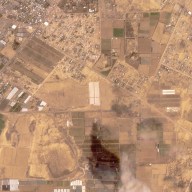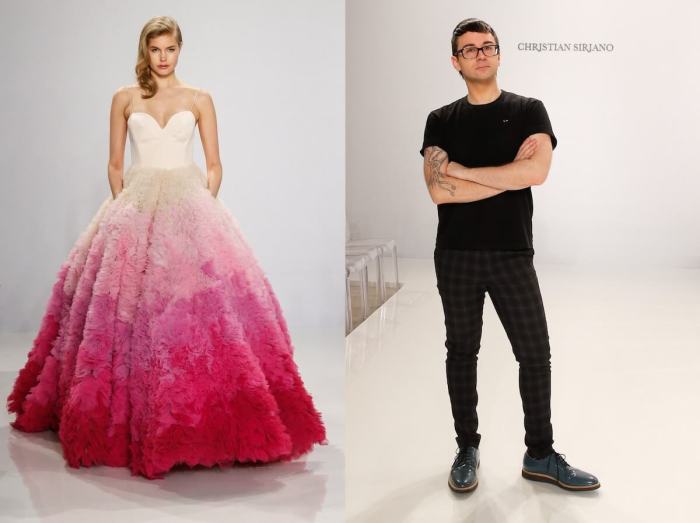Throwaway fashion just got a who lot greener with the arrival of the mushroom dress.
Dutch textile designer Aniela Hoitink has managed to grow a garment in petri dishes in little more than a week. The 41-year-old’s 100 percent biodegradable dress is made of nothing but 350 discs of mushroom root. Hoitink said she spent a year-and-a-half using technology and microbiology at Utrecht University in Holland, before producing a durable material dubbed ‘MycoTEX’, which is made of mycelium – the vegetative part of a mushroom. The beauty of it is that any holes can be patched up with fresh discs, or, once beyond repair, composted. Hoitink explains why her mushroom dress could be a growing trend among the fashion crowd. How did you come up with the idea to create this dress?
– For me distinctiveness and individuality in people and materials are the elements that make the world a special place. I have a great interest in technology and microbiology and I am always looking for potential opportunities to use them in textiles. So when I saw an open call for mycelium research, I was immediately interested. Mycelium has a lot of great properties like water repellence and antimicrobial agents, as well as being good for your skin. Did you want to address problems that exist in the industry?
– Nowadays our consumption rate is ever increasing and, as part of the disposable culture, we hardly repair anything. So why not base our textile and clothing production on this disposable culture and make garments that are 100 per cent biodegradable and maybe only last for one or two years? This way, we can still buy new stuff and throwaway the old, without actually adding to the huge textile waste mountain, since 40 per cent of all textiles produced are never sold. So the mushroom dress can last for up to two years?
– That will depend on the wearer. If you are fed up with the design, you can adjust the length of the garment, or, for example, add elements like sleeves by cutting or adding new patches to it. Also repair is done in the same way by simply pasting a new patch on the hole and letting it dry over night. And once the garment is not in use anymore, it can easily be composted. How did you make this dress?
– I started by growing mycelium in Petri dishes on a liquid medium. It grows exponentially, so after two weeks it was ready to be harvested. After that, I had to marinate it in another liquid. Then I put the circular shapes on a 3D mold of a woman’s figure. During drying, the mycelium sticks together and the garment is ready. Was it hard?
– The biggest challenge was to find new ways of working with the mycelium, as the research I conducted led to bad results at first. But I really enjoy working in the lab – sometimes it’s quite meditative. Is it comfortable to wear?
– For now it is not strong enough to wear in our daily lives. It will tear too easily; you have to be careful when wearing it. That is something that we need to work on.
Does it actually smell like mushrooms?
– At the moment it smells a little bit. But we will change that for the future. This dress is really the first prototype so that people can get used to new materials. In the meantime, we are working on improving things, so when people are ready to wear it, we are ready with the material. What kind of occasions do you expect someone to wear this dress?
– The ideal is daily wear. It will also depend on the features that we will add, like skin caring or antimicrobial properties. Perhaps, it will become a dress that can heal your skin, for example. What’s next?
– The next step is to make MycoTEX stronger and to add new features. After that, we will need to work on upscaling.
— ByDmitry Belyaev
 For the not-basic bride: Christian Siriano’s debut bridal collection
For the not-basic bride: Christian Siriano’s debut bridal collection


















